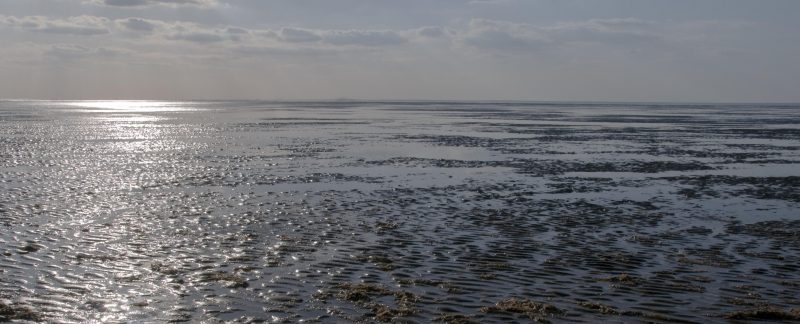An ever shifting landscape of tides and sandbank, creek and marsh, The Wash is a place where the land meets the sea and the sky. An area which changes by the hour, the day, the year and the century it is home to a rich diversity of wildlife, including an ever changing cast of birds. The Wash is a crossroads – migratory birds come from north and south, and east and west. Many pass through, some stay, spending the summer or winter in this magical landscape.
Arguably England’s last wilderness, The Wash is an estuary straddling Lincolnshire and Norfolk and formed from the outflow of three rivers, the Ouse, the Nene and the Welland which together drain the area known as the Fens. In past times, the washes would have been much larger; the Fenland Basin reaching as far south as Peterborough and Cambridge, a wild and watery landscape that few would have dared enter, let alone cross. Today, the landscape has been tamed, with much of it claimed from the sea, forming a hinterland of rich agricultural soils that grow cabbages and wheat in abundance, and a coastal nature reserve that is, even now, England’s largest at 8,800 ha.
The Wash is a living landscape; the saltmarsh is grazed by cattle and sheep, the flats harvested for their shellfish and samphire. Using this landscape is a wide range of shorebirds and waterfowl. Amongst others, Redshank, Ringed Plover and Shelduck breed on the marsh during the summer; Bar-tailed Godwits, Grey Plover and Greenshank rest and feed on their way south; Knot, Oystercatcher and Sanderling populate the beaches in winter. In the water, The Wash is an important nursery area for several species of fish including, plaice, sole, cod and whiting and home to one of the largest populations of common seals in England.
Through the centuries man has sought to subjugate the land. Romans built embankments around the margins to protect agricultural land from flooding. For the Vikings, The Wash was a major route to invade East Anglia, the Danes settling in Cambridge in 875 AD. Large scale drainage work started in the mid-16th Century, led by Dutch engineers who had honed their skills taking land from the Waddensee, and continued until the 1970s. The areas enclosed form some of the most fertile agricultural land in Britain. In the 1970s this was taken a step further, in a failed attempt to convert the estuary into a large freshwater reservoir. The two Trial Banks built to test the concept can still be seen from Terrington Marsh.
For more information read Natural England’s leaflet on the Nature Reserve.

